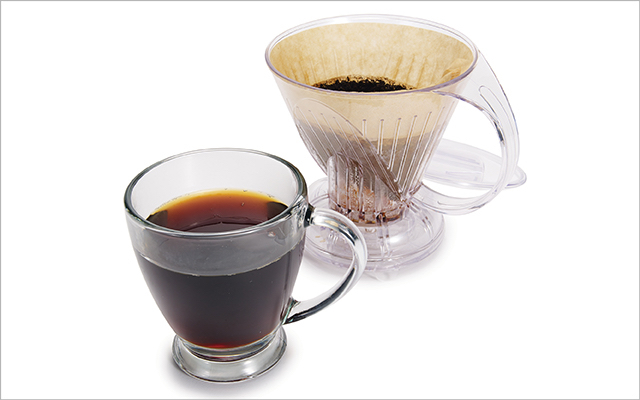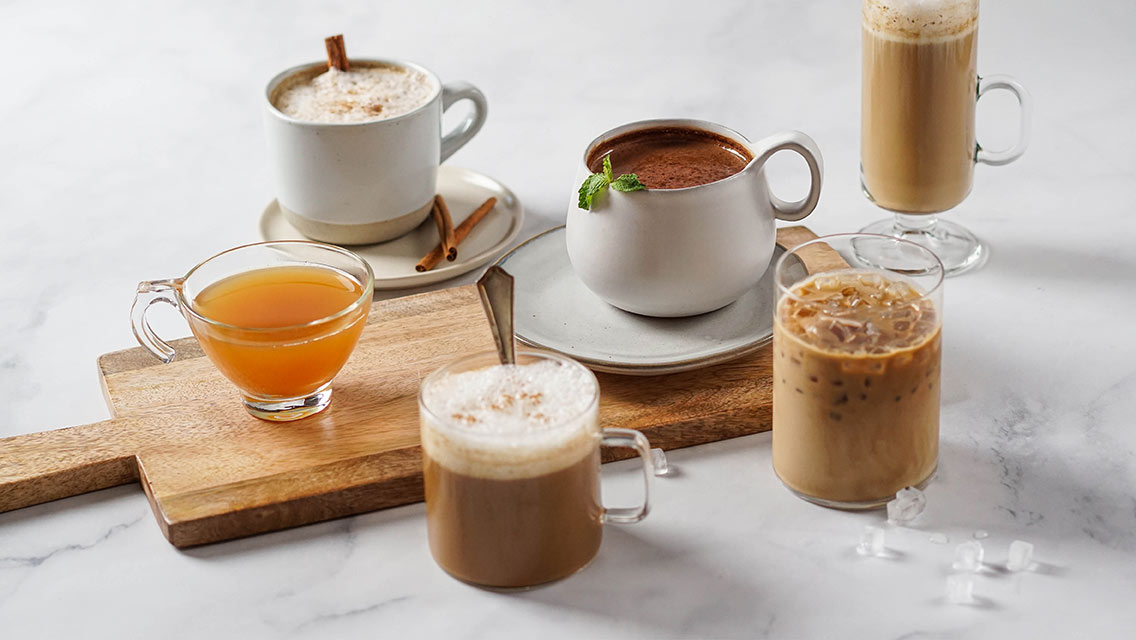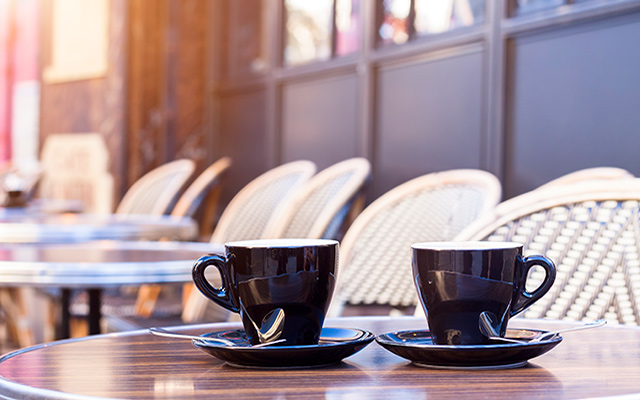Each day Americans drink 400 million cups of coffee. And while single-serve coffee makers and espresso machines have changed the way many of us make coffee at home, some people are opting to return to less-automated techniques.
Pour-over coffee offers more control over the flavor of your drink than other brewing techniques — plus, it’s easier to clean than the popular French press.
Experiment with the grind and roast of your beans, water temperature, and brew tools to find your preferred strength and flavor and to become a pour-over pro.
Follow these five simple steps to make your perfect cup of coffee:
1. Insert the appropriate filter into the brew basket or cone and place it over a cup or carafe. (If you’re using a one-piece brewing mechanism like a Chemex, you won’t need a cup or carafe.)
- Tip: If using a paper filter, fold the ridged edges so it sits properly in the brewer.
- Tip: “Blooming” helps release CO2 that is trapped in beans during roasting, especially for light roasts, and later allows the water to be absorbed by the grounds.
- Tip: Finer-ground coffee and more coffee can result in a slower flow of water.
- Tip: Alter the pour speed to control brewing time.
- Tip: Pouring lower helps keep the pour consistent and agitates the grounds less.
- Tip: If your coffee tastes too bitter, try speeding up the extraction time. If it tastes too weak, use a finer grind. If it tastes too strong, try to use less coffee or add a little water to the finished brew. Timing for dark- and light-roasted coffees will differ slightly.
(Love coffee? Try these dairy-free frozen ice pops made from just cold-press coffee and oat milk.)




This Post Has 0 Comments